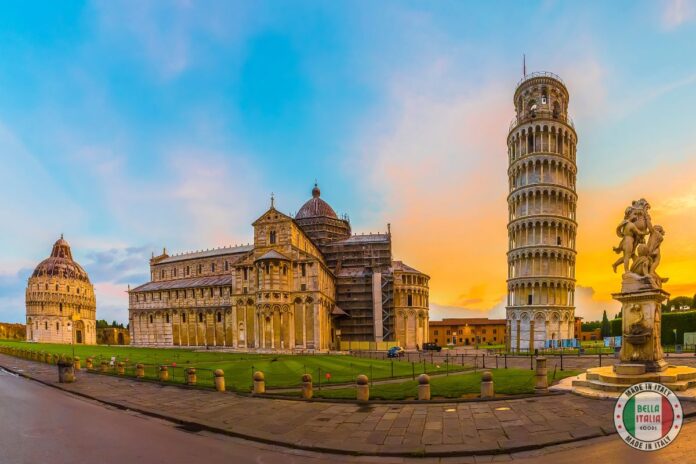Tuscany, located in central Italy, is a region that effortlessly captures the essence of Italian beauty and culture. Famous for its rolling hills, historic cities, and delectable cuisine, Tuscany is a must-visit destination for travelers seeking an authentic Italian experience. In this blog, we’ll explore Tuscany’s location, climate, history, key cities, culinary delights, agricultural highlights, tourism, and major attractions.
Location and Climate

Tuscany is situated in central Italy, bordered by Liguria to the northwest, Emilia-Romagna to the north, Marche to the northeast, Umbria to the east, and Lazio to the southeast. The Tyrrhenian Sea lies to the west, providing a beautiful coastline that adds to the region’s charm. Tuscany’s landscape is incredibly diverse, featuring coastal areas, rolling hills, and the rugged Apennine Mountains.
The climate in Tuscany varies depending on the area. Coastal regions enjoy a Mediterranean climate with hot, dry summers and mild, wet winters. Inland areas, especially those at higher elevations, experience a more continental climate with colder winters and warm summers. Spring and autumn are particularly pleasant, offering mild temperatures and fewer tourists.
Historical Tapestry
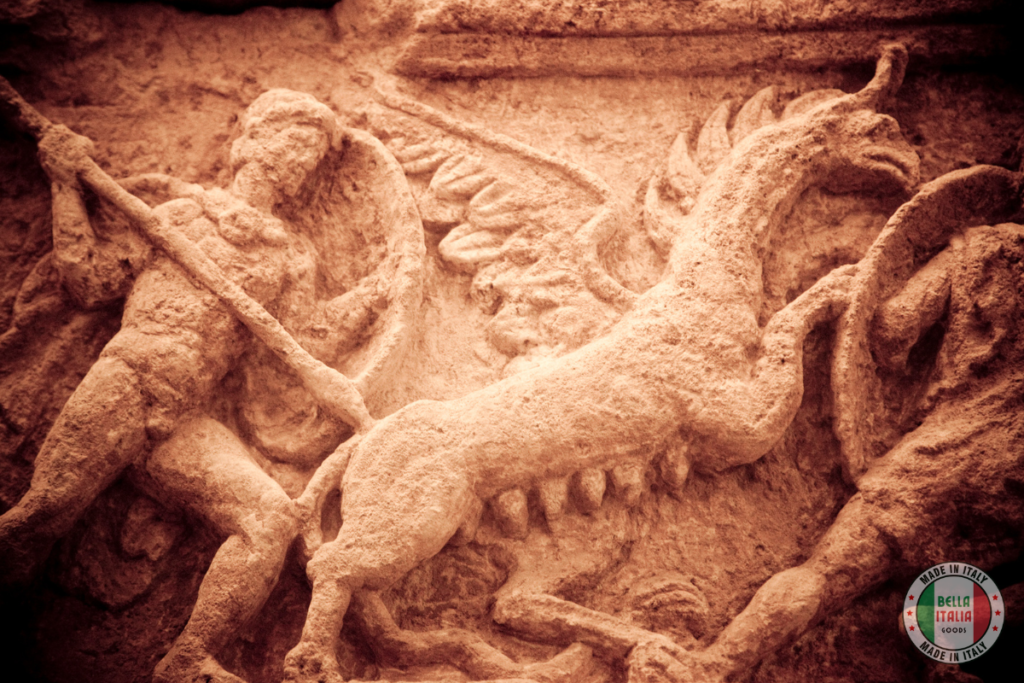
Tuscany’s history is rich and varied, dating back to the Etruscan civilization, which flourished long before the rise of the Roman Empire. The region’s strategic location and fertile land made it an important center for trade and agriculture. After the fall of the Roman Empire, Tuscany became a hub of artistic and intellectual activity during the Middle Ages and the Renaissance.
The city of Florence played a pivotal role in the Renaissance, becoming a center of art, culture, and politics. The powerful Medici family, who ruled Florence for centuries, were patrons of the arts and supported many of the era’s greatest artists, including Michelangelo, Leonardo da Vinci, and Botticelli. Tuscany’s historical legacy is preserved in its architecture, art, and cultural institutions, making it a living museum of Italian history.
Key Cities

Florence (Firenze)
The capital of Tuscany and the cradle of the Renaissance, Florence is a city of unparalleled beauty and cultural significance. Must-see attractions include the Uffizi Gallery, home to masterpieces by Botticelli and Michelangelo; the iconic Florence Cathedral (Duomo) with its magnificent dome designed by Brunelleschi; and the Ponte Vecchio, a medieval bridge lined with jewelry shops.
Siena
Siena Known for its medieval architecture and the famous Palio horse race, Siena is a beautifully preserved city with a rich history. The Piazza del Campo, the city’s main square, is one of the most stunning in Italy, and the Siena Cathedral (Duomo di Siena) is a masterpiece of Gothic architecture.
Pisa
While Pisa is best known for its Leaning Tower, the city has much more to offer. The Piazza dei Miracoli, where the tower is located, also includes the Pisa Cathedral and the Baptistery, both exquisite examples of Romanesque architecture.
Lucca
This charming city is famous for its well-preserved Renaissance walls, which encircle the historic center. Lucca boasts beautiful churches, elegant palaces, and lovely piazzas, making it a delightful place to explore on foot or by bike.
Arezzo
A city with a rich artistic heritage, Arezzo is known for its stunning frescoes by Piero della Francesca in the Basilica of San Francesco. The city’s medieval architecture and vibrant cultural scene make it a fascinating destination.
Culinary Delights
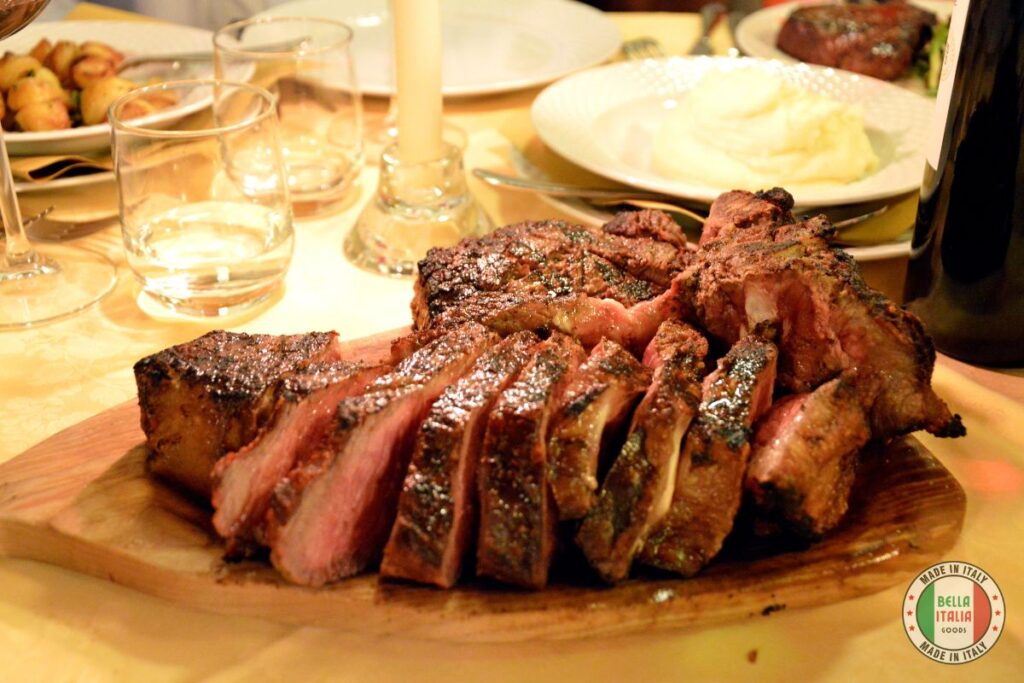
Tuscany’s cuisine is renowned for its simplicity and focus on high-quality, locally sourced ingredients. The region’s culinary traditions reflect its agricultural heritage and offer a true taste of Italian rural life. Key dishes and products include:
Bistecca alla Fiorentina
This iconic Tuscan dish is a thick, juicy steak typically sourced from the Chianina cattle breed. It is grilled over a wood fire and seasoned with just salt, pepper, and olive oil.
Ribollita
A hearty soup made with leftover bread, vegetables, beans, and olive oil, ribollita is a classic example of Tuscan comfort food.
Panzanella
This refreshing bread salad features chunks of soaked stale bread, tomatoes, cucumbers, onions, and basil, dressed with olive oil and vinegar.
Cantucci
These almond biscuits are traditionally dipped in Vin Santo, a sweet dessert wine, making for a delightful end to a Tuscan meal.
Wine
Tuscany is one of Italy’s premier wine regions, producing world-famous wines such as Chianti, Brunello di Montalcino, and Vino Nobile di Montepulciano. Wine tours and tastings are a popular way to experience the region’s viticultural excellence.
Click here to browse Recipes from the Tuscany Region
Agricultural Highlights
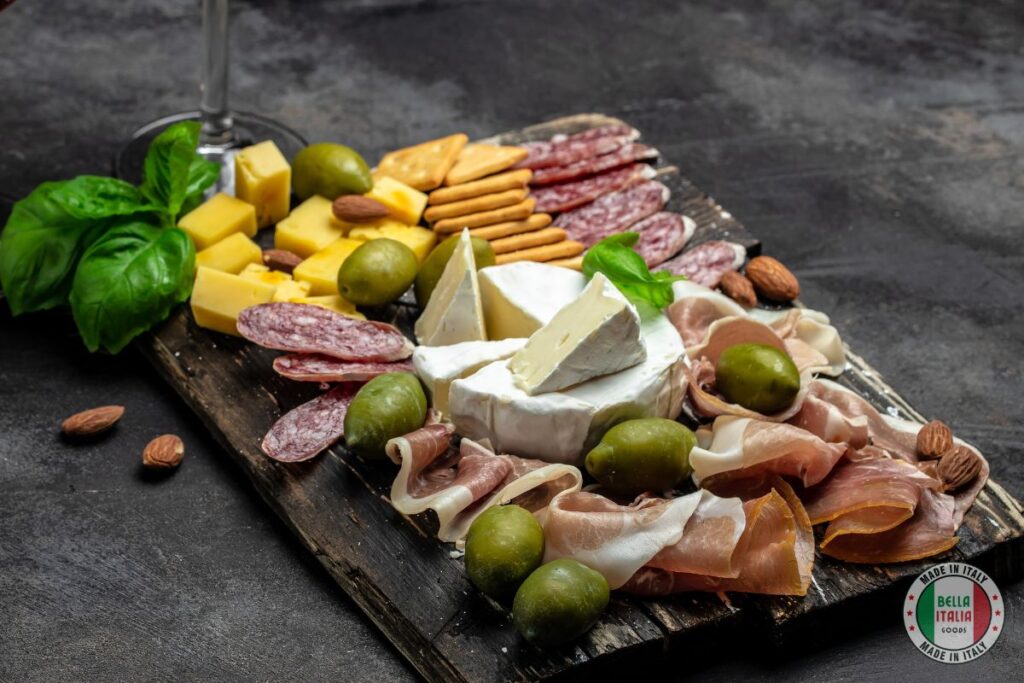
Agriculture is a cornerstone of Tuscany’s economy and culture. The region is known for its fertile land and favorable climate, which support the production of high-quality agricultural products. Key agricultural highlights include:
Olive Oil
Tuscany produces some of Italy’s finest extra virgin olive oil, characterized by its fruity, slightly peppery flavor. Olive groves dot the landscape, particularly in the Chianti region.
Wine
Tuscany’s vineyards are renowned for producing exceptional wines. The Chianti region, with its rolling hills and picturesque vineyards, is particularly famous, but other areas like Montalcino and Montepulciano are also celebrated for their wine production.
Truffles
The forests of Tuscany, especially around the town of San Miniato, are known for their truffles. Both black and white truffles are found here, and they are a prized ingredient in Tuscan cuisine.
Cheese
Tuscany produces several excellent cheeses, including Pecorino Toscano, a sheep’s milk cheese that is enjoyed both fresh and aged.
Tourism and Major Attractions

Tourism is a major industry in Tuscany, with visitors drawn to its rich cultural heritage, stunning landscapes, and world-class cuisine. Major attractions and activities include:
The Uffizi Gallery, Florence
One of the most important art museums in the world, the Uffizi Gallery houses an extensive collection of Renaissance masterpieces, including works by Botticelli, Leonardo da Vinci, and Michelangelo.
The Leaning Tower of Pisa
This iconic bell tower is one of Italy’s most recognizable landmarks. Climbing to the top offers spectacular views of the surrounding area.
Siena Cathedral
A stunning example of Italian Gothic architecture, the Siena Cathedral is renowned for its intricate façade, beautiful frescoes, and impressive marble floors.
The Chianti Wine Region
Exploring the vineyards and wineries of Chianti is a must for wine enthusiasts. Many estates offer tours and tastings, allowing visitors to sample some of the region’s finest wines.
Val d’Orcia
This UNESCO World Heritage site is a picturesque valley known for its rolling hills, cypress trees, and charming villages like Pienza and Montalcino. It’s a popular area for hiking, cycling, and photography.
The Palio di Siena
This thrilling horse race takes place twice a year in Siena’s Piazza del Campo. It’s a historic event that draws large crowds and offers a glimpse into the city’s rich traditions.
Things to See and Do
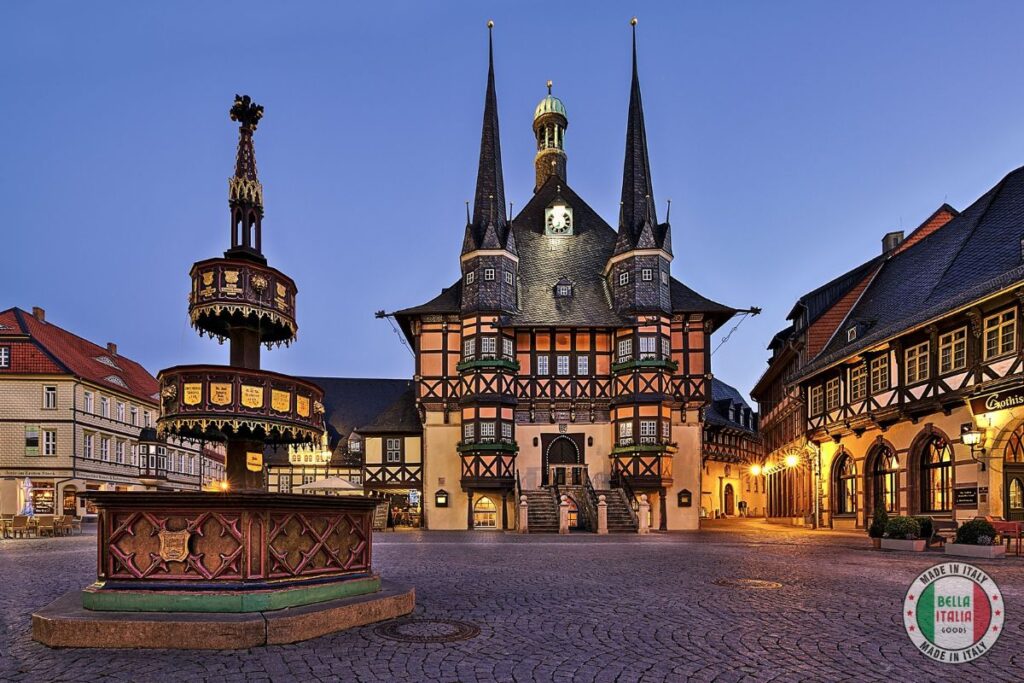
Whether you’re interested in art, history, nature, or food, Tuscany offers a wide range of activities to suit all interests. Here are some top things to see and do:
Explore Florence’s Art and Architecture
Wander through Florence’s historic center, visit the Uffizi Gallery, marvel at the Duomo, and stroll across the Ponte Vecchio.
Tour Tuscan Vineyards
Take a wine tour in the Chianti region, visit the vineyards of Montalcino, and sample the famous Brunello di Montalcino.
Discover Medieval Towns
Explore the charming streets of Siena, Lucca, and San Gimignano, each offering a unique glimpse into Tuscany’s medieval past.
Hike in the Apuan Alps
The Apuan Alps offer stunning scenery and excellent hiking trails. The region is also known for its marble quarries, which supplied the marble for Michelangelo’s David.
Attend Local Festivals
Experience Tuscan culture at local festivals such as the Palio di Siena, the Festa della Rificolona in Florence, and the Truffle Festival in San Miniato.
Conclusion
Tuscany, with its rolling hills, historic cities, and world-renowned cuisine, truly embodies the essence of Italy. Whether you’re exploring the art treasures of Florence, savoring a glass of Chianti in the vineyards, or wandering through medieval towns, Tuscany offers an unforgettable experience. This region’s rich history, vibrant culture, and stunning landscapes make it a must-visit destination for anyone seeking to uncover the heart of Italy.
